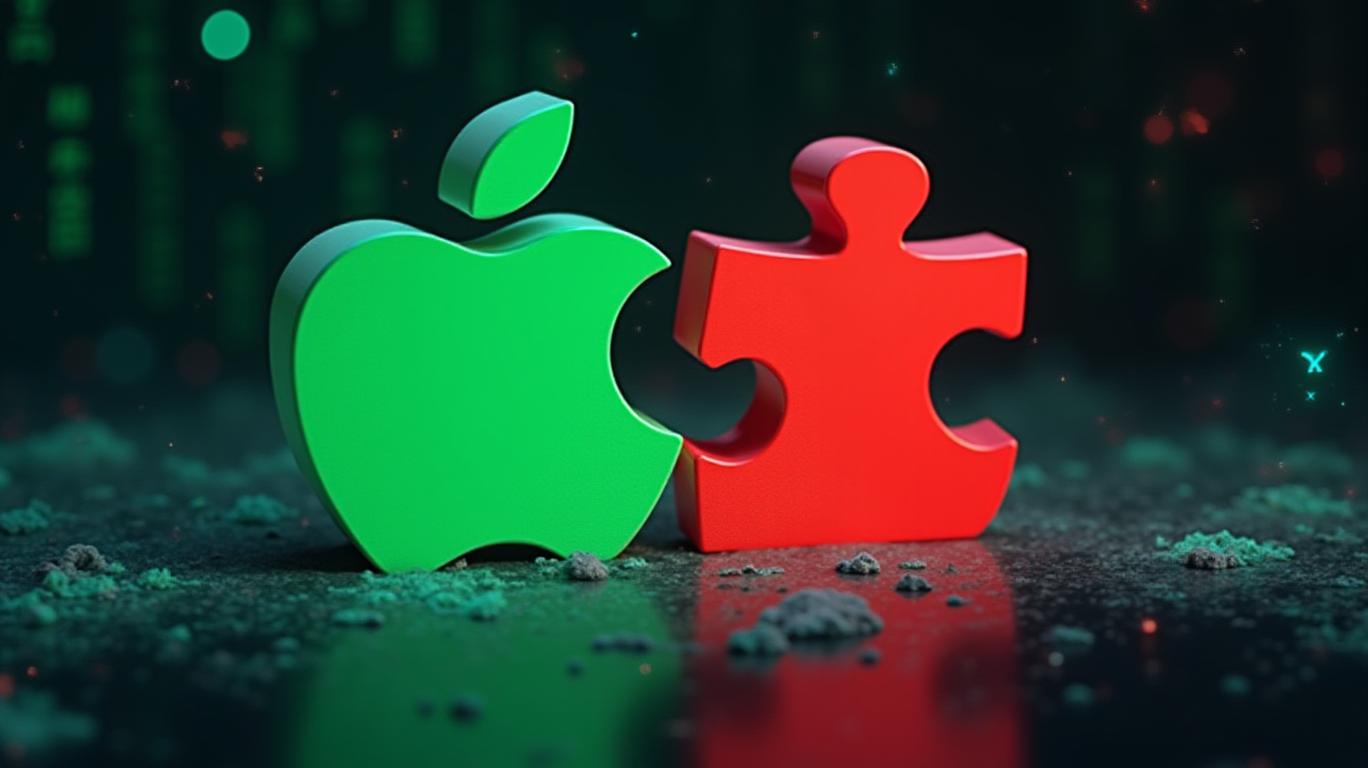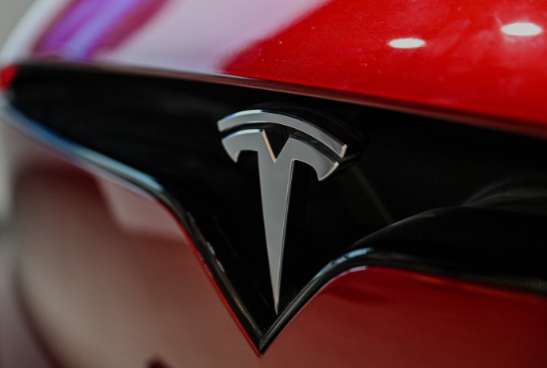The Crypto-Apple Pay Alliance: A New Era for Blockchain Commerce?
The integration of Mesh, a leading crypto payments network, with Apple Pay marks a pivotal moment in the evolution of blockchain technology from niche innovation to mainstream utility. By enabling users to transact with cryptocurrencies like Bitcoin and Ethereum via Apple’s ubiquitous payment system—while merchants receive stablecoin settlements—Mesh has addressed two core barriers to mass adoption: volatility and infrastructure complexity. This partnership, set to launch in Q2 2025, could redefine how global commerce interacts with decentralized finance.

The Technology Behind the Revolution
At the heart of the integration is Mesh’s SmartFunding technology, which automates the conversion of volatile cryptocurrencies into stablecoins (e.g., USDC, USDT) at the point of sale. This eliminates the risk of price swings for merchants, who can now accept crypto without exposure to Bitcoin’s volatility. For consumers, the process mirrors traditional fiat payments: tap Apple Pay, authenticate with Face ID, and complete the transaction.
The system’s seamless execution hinges on two factors:
1. Merchant Onboarding Simplicity: Retailers need only enable Apple Pay, with no blockchain infrastructure setup required.
2. Cross-Platform Compatibility: The integration supports both online and in-store NFC transactions, leveraging Apple’s existing ecosystem.
Mesh’s CEO, Bam Azizi, calls this a solution to crypto’s “last-mile problem”—the gap between user interest and practical adoption. The company’s $82 million Series B funding, led by venture capital firm Paradigm, underscores investor confidence in its infrastructure ambitions. With 300+ integrations already (including partnerships with Coinbase and Binance), Mesh is positioned as a critical bridge between crypto and traditional finance.
Market Dynamics and Competitive Landscape
The crypto payments space is heating up. While Mesh’s Apple Pay integration targets everyday consumers, competitors like Stripe and PayPal are launching dollar-backed stablecoins to attract businesses. Meanwhile, platforms like Binance Pay aim to simplify crypto access for global users.
But Mesh’s focus on volatility mitigation gives it a unique edge. A reveals a surge from $5 billion to over $200 billion—a 4,000% increase—highlighting the demand for “crypto without the crypto.” By offering merchants stable settlements, Mesh aligns with this trend, potentially accelerating adoption among cautious businesses.
Risks and Considerations
Despite its promise, challenges remain:
1. Regulatory Scrutiny: Cross-border crypto transactions attract attention from financial regulators. Compliance costs could rise if governments impose stricter rules on stablecoins.
2. Competitor Innovation: PayPal’s crypto wallet and Stripe’s blockchain API threaten to outpace Mesh’s niche.
3. Consumer Adoption: Even with Apple’s brand power, users must see tangible benefits (e.g., lower fees) to switch from fiat.
Investment Implications
For investors, Mesh’s integration signals a broader shift: blockchain infrastructure is becoming a utility, not just a speculative asset. While Mesh itself is privately held, its ecosystem partners offer entry points:
- Publicly traded payment processors like Block (SQ) or PayPal (PYPL) may benefit from increased crypto transaction volume.
- Stablecoin issuers such as Circle (which operates USDC) could see demand rise as merchants seek settlement options.
A
Conclusion: A Paradigm Shift in Commerce
Mesh’s Apple Pay integration isn’t just a tech update—it’s a foundational shift. By solving volatility and infrastructure hurdles, Mesh has brought crypto payments to a billion-dollar user base overnight. With stablecoin usage projected to hit $500 billion by 2027 (per CoinDesk estimates), the company’s timing is impeccable.
For investors, the key metric is merchant adoption: if Mesh’s network expands beyond its current 300 partners to include major retailers like Walmart or Starbucks, the platform’s value could skyrocket. The $82 million Series B funding, which valued Mesh at over $500 million pre-money, hints at its perceived potential.
In a sector often plagued by hype, Mesh’s focus on practicality—turning crypto into a tool for everyday transactions—is a winning strategy. As Azizi stated, “The last-mile problem isn’t technical—it’s about making crypto as easy as fiat.” With Apple’s seal of approval, Mesh is halfway there.










